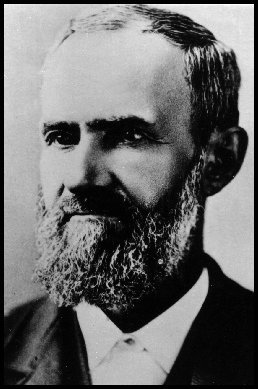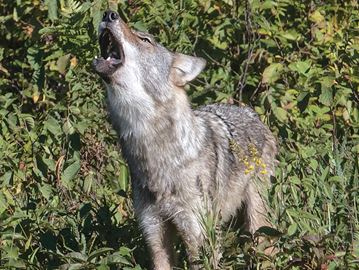Let 2017 be a year of firsts. Our wildlife friends in New Hampshire worked on a bill to make beaver depredation a last resort. They asked me to weigh in on language and used Cheryl’s adorable kit photo for the petition. As far as I know this is the ONLY state where ‘last resort’ has ever even been considered.
Blackberries, beavers and plastic bags: Taking a look at some bills for 2017
Rep. Carolyn Matthews, R-Raymond, wants to boost the protections for beavers in state law. She explained that Voices for Wildlife, a conservation organization, asked her to sponsor a measure that would make killing the animals “a solution of last resort.”
“Right now, anybody, in order to prevent damage to their property, can have a beaver trapped and killed,” she said. “And the group wants to really rearrange the emphasis in the existing law so that people take an honest look at other options before jumping right to destroying the beaver.”
Matthews said her town has had success using dam flow devices to manage beaver ponds.
This is momentous and we should all be extremely grateful to Rep Matthews for carving the way. She’s a new republican in the house. The reference to flow devices is referring to Art Wolinsky’s wonderful work! I can’t really imagine that this will pass, but I want this law considered and discussed in five more states next year. And five more the year after that. Obviously what this article doesn’t say is that the reason to try something else before you trap beavers is that it makes a huge difference to your state’s waterways, fish and wildlife. Removing beaver is like an amputation. The law is asking you to try first to save the leg.
That sounds pretty reasonable to me.
More firsts. This takes up a lot of space and it should. Because it took a lot of space in my brain to finish. This is our one and only newsletter celebrating our decade (yes decade!) of beavers in Martinez. I will be printing some too. It is wonderful that we get to read some other voices in here, so be sure to read Fro and Jon’s column and Cheryl’s interview. But the very best part are the quotes in the left margin which I am beyond grateful for, so make sure you use the slider at the top to zoom in on those. Thank you to everyone who helped get us here, and to Jane Kobres who painstakingly edited my gibberish with enormous patience. Give it a second to load and then click once to make it full screen. I am really pleased with this.













 Samuel Aughey Jr. was a minister and naturalist/ geologist in Nebraska and Wyoming from 1864 until 1886. He graduated from Pennsylvania College (now Gettysburg College) in 1856 and then attended seminary there. Aughey came to Dakota City, Nebraska, in 1864 as a “home missionary” for the Lutheran Church. After resigning this position in 1867, he worked for the
Samuel Aughey Jr. was a minister and naturalist/ geologist in Nebraska and Wyoming from 1864 until 1886. He graduated from Pennsylvania College (now Gettysburg College) in 1856 and then attended seminary there. Aughey came to Dakota City, Nebraska, in 1864 as a “home missionary” for the Lutheran Church. After resigning this position in 1867, he worked for the 
 A Beaver slapped its tail, informing me that the dark animals had entered its space. Moments later, four Otters came snorting and huffing past my canoe, sticking their heads out of the water like giant periscopes to get a better view of me.
A Beaver slapped its tail, informing me that the dark animals had entered its space. Moments later, four Otters came snorting and huffing past my canoe, sticking their heads out of the water like giant periscopes to get a better view of me. onts, the beautiful animal walked away, content that the impudent intruder was not going to cross the pond.
onts, the beautiful animal walked away, content that the impudent intruder was not going to cross the pond.






































